
There aren’t many small phones around, so it’s great that Apple continues to offer a shrunken iPhone. The iPhone 13 mini launched at the same time as the rest of the iPhone 13 range, and offers all the same features as a regular iPhone 13, despite being a good deal smaller and lighter. But the iPhone 13 mini offers only small improvements over the iPhone 12 mini, and can’t match the performance of the flagship iPhone 13 Pro. So is it worth buying? Check out our iPhone 13 mini review.
Pros
- Brilliant design
- Well chosen upgrades over predecessor
- The best small phone you can buy
Cons
- Misses out on the big camera upgrades
- Not big enough for gamers
Quick links:
iPhone 13 Mini – overview
No matter whether you choose iPhone or Android, phone screens have been getting steadily bigger. While that’s great for games, TV and other rich content, it’s not so good for people who prefer a small phone that’s easy to pocket. Enter the iPhone 13 mini. Launched in September 2021 as a replacement to the iPhone 12 mini, it’s a genuinely small phone – just 64mm wide. Even better, despite sharing the same features as the full-sized iPhone 13, it’s £100 cheaper.
So this is the bargain of the iPhone range, but it doesn’t look or feel it. It shares Apple’s hallmark design, and packs in all the iPhone 13 features including 5G, dual cameras, and Apple’s latest camera software enhancements. There are incremental improvements to the battery life, too.
The iPhone 13 mini misses out on the really big upgrades reserved for the iPhone 13 Pro models. These got much enhanced cameras, plus a faster processor that helps them dominate the competition when it comes to gaming. Does that leave the iPhone 13 mini wanting, or is it still the perfect package?

iPhone 13 mini – design
The iPhone 13 mini is barely distinguishable from the iPhone 12 mini that went before it. It’s a quarter of a millimetre deeper, but the only real visual giveaways are its different colour palette, and the fact the camera lenses have been jiggled around a bit. The iPhone 13 mini is about 15mm shorter and 7mm narrower than the standard iPhone 13, and it fits even more comfortably in the hand.
Like other modern iPhones, the iPhone 13 mini features a screen that fills up almost the entire front surface of the phone. It’s protected by narrow metal edges that, like on the iPhone 12 family, rise up flush to the screen glass, helping offer greater drop protection. The iPhone 13 family also inherits Apple’s Ceramic Shield front glass, which has proven to be more drop-resistant than earlier toughened screens. Its back panel is also glass, although it’s not as tough – experiments on the iPhone 12 suggest it’s more likely than the screen to shatter in a fall.
The phone’s sleek appearance is spoiled slightly by a camera mound that’s fractionally bigger than before. Its two large black lenses stand out particularly starkly if you go for one of the lighter colours – pink, or Starlight (essentially white). It looks better in red, blue or Midnight (black). The larger mound and moved lenses mean the iPhone 13 mini is unlikely to fit in cases meant for the iPhone 12 mini.
Apple says this phone is waterproof to six metres for 30 minutes. While you probably shouldn’t take it swimming, it should make airing cupboards and bowls of rice a thing of the past.
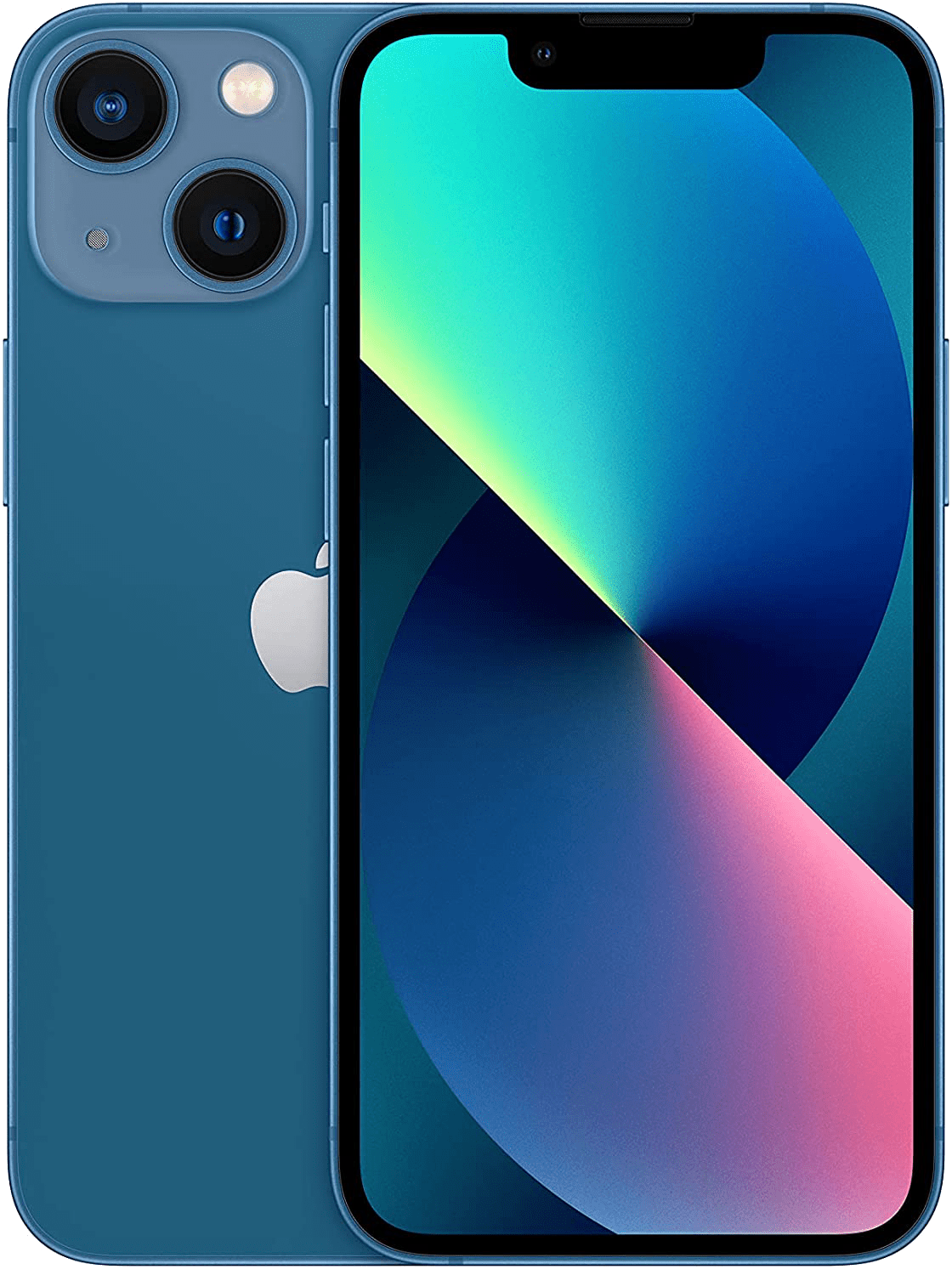
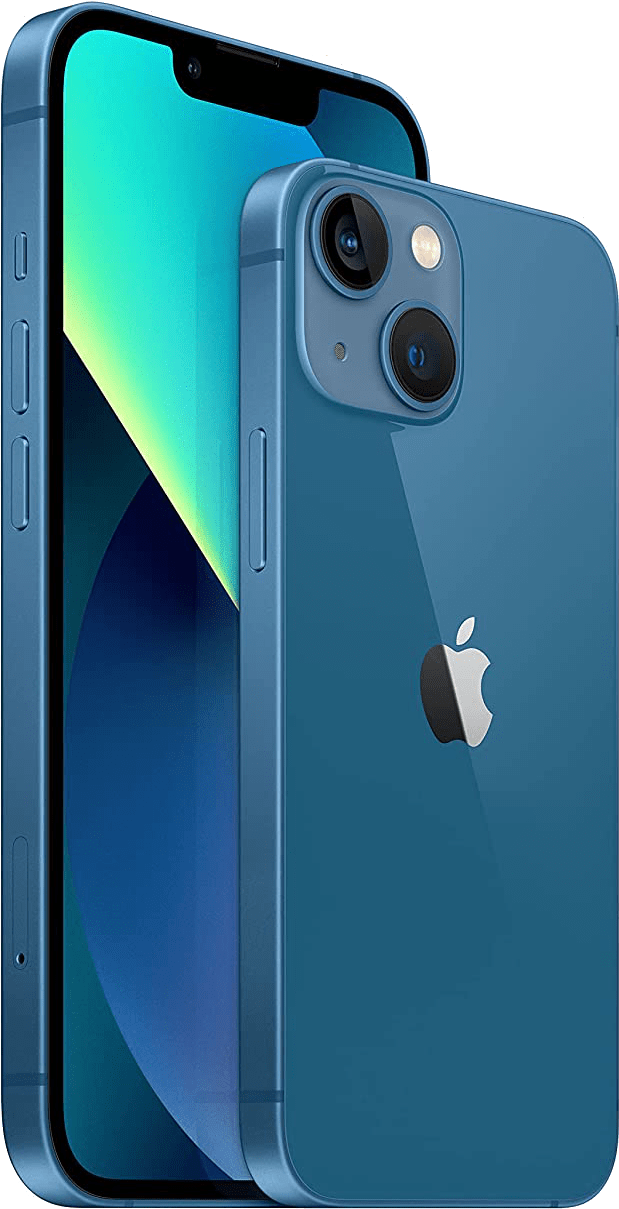
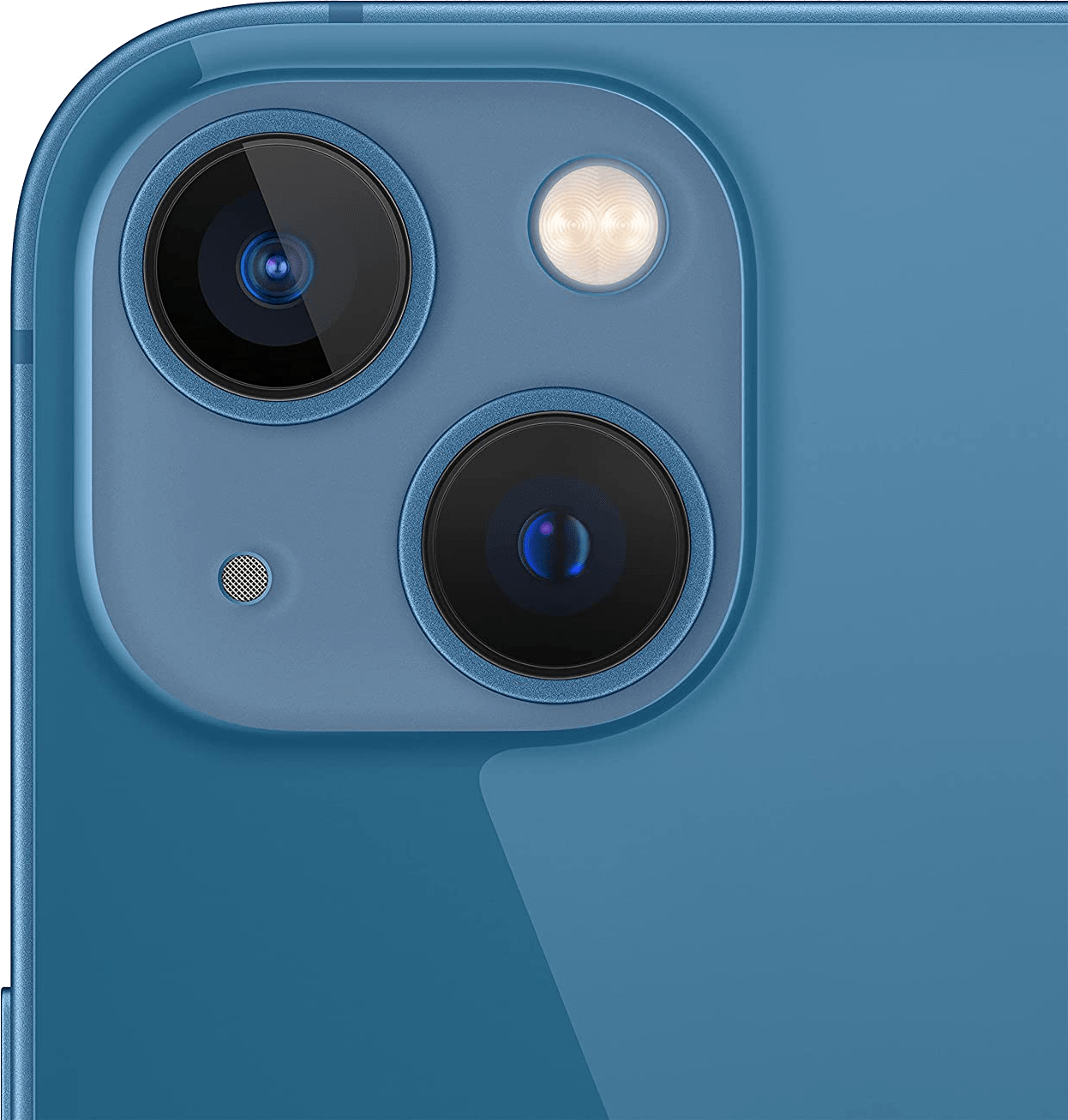
iPhone 13 mini – display

The iPhone 13 mini inherits much the same 5.4” OLED screen as the iPhone 12 mini, albeit with a higher maximum brightness. It’s a lovely looking panel, with sharp definition, great contrast and powerful, bright colours, but it still makes do with a 60Hz refresh rate – for the iPhone 13 Pro models, Apple has finally introduced much requested 120Hz support.
In practice that means that the iPhone 13 mini may not scroll as smoothly and responsively as the flagship iPhone 13 models, or some other Android competitors. Arguably, that’s less of a problem with this phone than on the regular iPhone 13: this screen’s smaller size makes it less appealing to the kind of power users most likely to notice.
This phone also inherits a longstanding Apple quirk: the screen notch that houses the TrueDepth front camera used in FaceID. It’s shrunk noticeably since the iPhone 12, but it’s still there – a bite taken out of the top of the screen. It’s most intrusive when gaming or watching full-screen video, where it can occasionally overlap controls or part of the action – you may find yourself rotating the phone occasionally to get around it.
iPhone 13 mini – camera and video performance
Apple usually distinguishes its flagship iPhones with improved cameras, and this time the iPhone 13 Pro and iPhone 13 Pro Max have sensational upgrades. On the iPhone 13 mini they’re less remarkable, but still worth having. The iPhone 13 mini now has sensor-shift stabilisation – previously found only on the iPhone 12 Pro Max – along with an improved wide-angle sensor. This bigger sensor, with bigger pixels, helps the 12 megapixel (MP) wide-angle camera grab almost 50% more light than before.
Enhanced by Night Mode – powered by the phone’s huge image processing grunt – the iPhone 13 mini is even better than the iPhone 12 mini in the very darkest conditions. How dark? It can capture portraits and other shots in a room lit only by the screen of another phone. Unfortunately, this magic is limited to the wide lens. The ultra-wide rear camera, and the 12MP front camera, both need far better light to work well.
The iPhone 13 mini also gets the much trumpeted new photo and video features, launched across the whole range. First up there’s Photographic Styles, available on the front and rear cameras. This addresses the fact that phone cameras are often ‘tuned’ to particular preferences for warmth and contrast. The new feature lets you select and customise five modes to get the bias you prefer.
Open the Camera app and you’ll also notice the new Cinematic mode, between Video and Slo-mo. This lets you shoot video with an extremely shallow depth of field, tracked to key people or objects as they enter or leave the shot. This technique throws attention on the subject by keeping it crisply focused while the rest of the scene is blurred – a bit like a Portrait Mode for films. The technique works well on the iPhone 13 mini to create more cinematic videos. You can even adjust the focus points and tracking after filming to get the effect just so – although we found this a little hard to master.
iPhone 13 mini – performance
Geekbench 5 results
CPU single-core scores:
- iPhone 13 Pro – Score= 1,746
- iPhone 13 mini – Score = 1,724
- iPhone 12 – Score = 1,590
CPU multi-core scores:
- iPhone 13 Pro – Score= 4,899
- iPhone 13 mini – Score = 4,590
- iPhone 12 – Score = 4,052
3DMark Wild Life Extreme results
Best scores:
- iPhone 13 Pro – Score= 3,118
- iPhone 13 mini – Score = 2,520
- iPhone 12 – Score = 2,175
Worst scores (20-minute loop):
- iPhone 13 Pro – Score= 2,235
- iPhone 13 mini – Score = 1,699
- iPhone 12 – Score = 1,494
As you’d expect for a new iPhone, the iPhone 13 mini gets an all-new processor: the A15 Bionic. It’s a big upgrade over the A14 Bionic used in the iPhone 12 family – as we’ll show in a minute – but there’s a twist. For the first time, the iPhone 13 family gets different versions of the chip.
Pry open the regular iPhone 13 and iPhone 13 mini (NB, don’t actually do this) and you’ll find an A15 Bionic with four graphics processing cores – just like the A14 had in every iPhone 12. Open up an iPhone 13 Pro or iPhone 13 Pro Max, though, and you’ll find a five-core GPU. The difference means that, for the first time, the flagship iPhone 13s have a significant lead over the regular ones when it comes to 3D performance.
Regardless, the iPhone 13 mini is blisteringly quick. It turned in a single-core score of 1,724 in Geekbench 5, about 8% faster than the iPhone 12 mini. Its multi-core score of 4,590 was about 18% quicker. It was the first phone we’ve tested to break 10,000 in the Geekbench 5 Compute score – its 10,718 marking a 14% improvement in one generation.
The iPhone 13 mini demonstrated a similar improvement in 3D speeds. It managed a peak score of 2,520 in the demanding 3DMark Wild Life Extreme benchmark – 15% up on the iPhone 12 mini. Its score of 2,399 in the unlimited version of the test was more than 17% above the iPhone 12 mini. For reference, the iPhone 13 Pro has taken a bigger leap – it’s about 40-50% faster than the iPhone 12 Pro on these tests.
As with all iPhones, the iPhone 13 mini can’t sustain maximum performance for more than a minute or so. As its processor slows down to prevent overheating, so does the phone. After 20 loops of the Wild Life Extreme benchmark, the phone’s score fell to just 1,383 – a drop of nearly 37%.
This is a very fast phone. It’s far quicker than even the best Android competition, but compare it to the iPhone 13 Pro and – for the first time – it’s measurably slower. Does it matter? It’s hard to say. Regular users aren’t going to notice while they shop online, stream TV or send messages. Gamers might do, but then they’re more likely to opt for a bigger screen anyway. We think a slightly slower processor seems an acceptable compromise for the iPhone 13 mini, particularly given its new lower price.
iPhone 13 mini – battery performance
The iPhone 13 has taken a leap over the iPhone 12 when it comes to battery life but, unfortunately, the iPhone 13 mini wasn’t invited to the same party. Apple says that it will last up to 17 hours when playing video, but in our test it powered down after just 13 – only an hour more than we got from the iPhone 12 mini.
There’s a reason – the phone’s compact body leaves less space for a battery, so the one it has is smaller. While the iPhone 13 will go for a couple of days on a charge, the iPhone 13 mini is unlikely to get to bedtime with more than a third of the battery remaining. It’s fortunate, then, that it’s the fastest charging iPhone 13. Connected to a 20W charger, the exhausted phone reached 50% in just 25 minutes. It went on to hit 80% in just 46 minutes – the fastest we’ve yet timed in any phone.
Like all iPhones since the iPhone 8, the iPhone 13 mini supports Qi wireless charging. It was quite happy to grab a top-up from a car’s charging dock. You can also use it with MagSafe charging accessories, designed to make charges even more reliable.
Battery life (movie playback)*
- iPhone 13 Pro – Time = 19hr 2mins
- iPhone 13 mini – Time = 13hrs 03mins
- iPhone 12 – Time = 13hrs 50mins
Charge Time (0-80%)
- iPhone 13 Pro – Time = 53mins
- iPhone 13 mini – Time = 46mins
- iPhone 12 – Time = 53mins
*Battery life test involves looping the playback of an HD movie from fully charged until the phone shuts down.
iPhone 13 mini – options and additional features
The iPhone 13 mini comes in the five colours we listed above, and you can choose from three storage levels. Apple has finally made 128GB the starting point, with 256GB or 512GB also available. The three models cost £679, £779 and £979 at Apple’s prices, but you can buy a new or refurbished iPhone 13 mini for less.
Open the box and you’ll get the phone, along with a USB-C to Lightning cable – there’s no charger or headphones. The cable won’t fit older USB chargers or most devices, which tend to use the larger USB-A connector. It’s easy to pick up or re-use a USB-A to Lightning connector, or you could buy a newer charger if needed.
If you need headphones, remember that iPhones don’t have a 3.5mm audio jack – you’ll need either wireless ones, or EarPods with a Lightning connector.

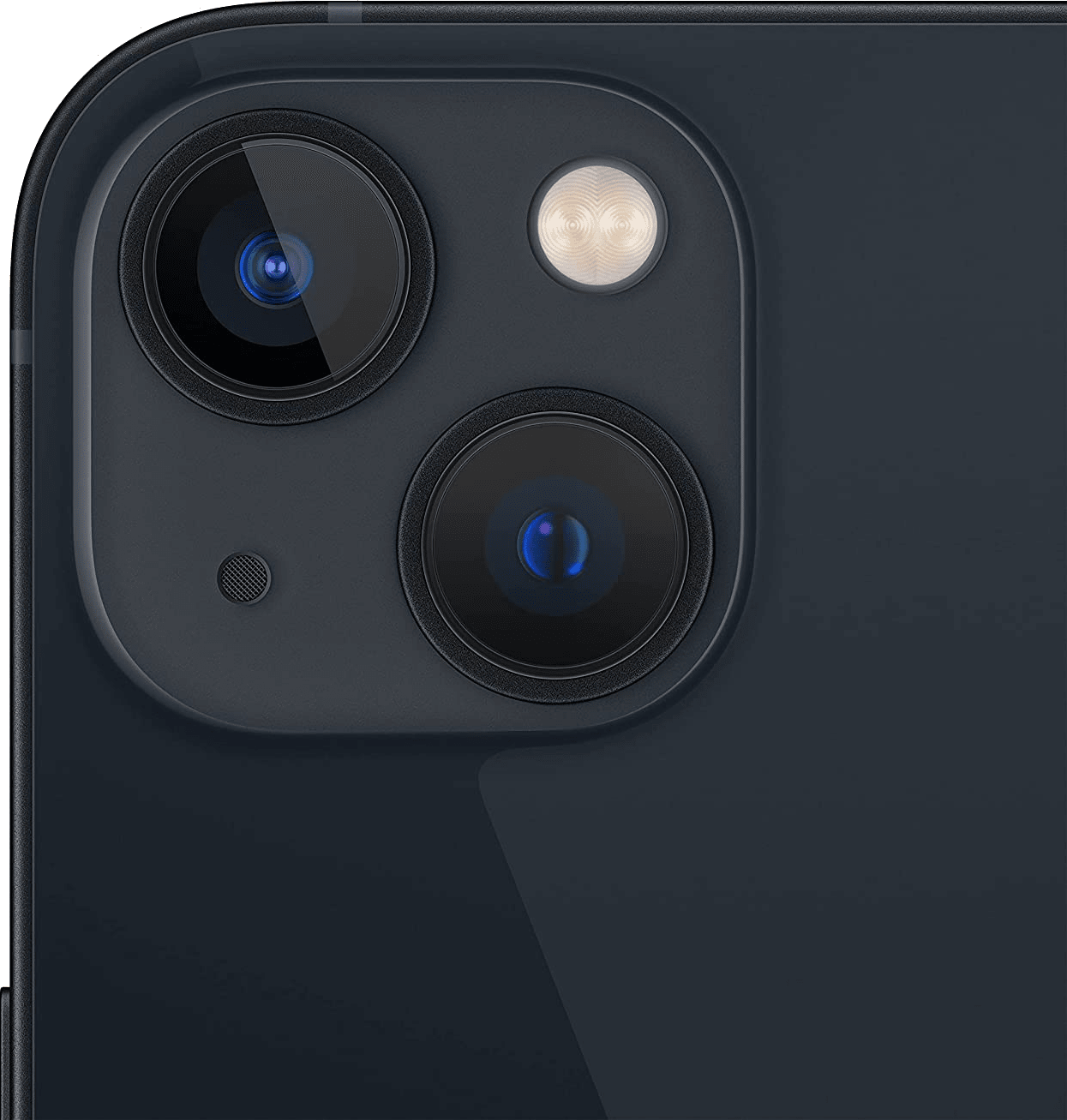
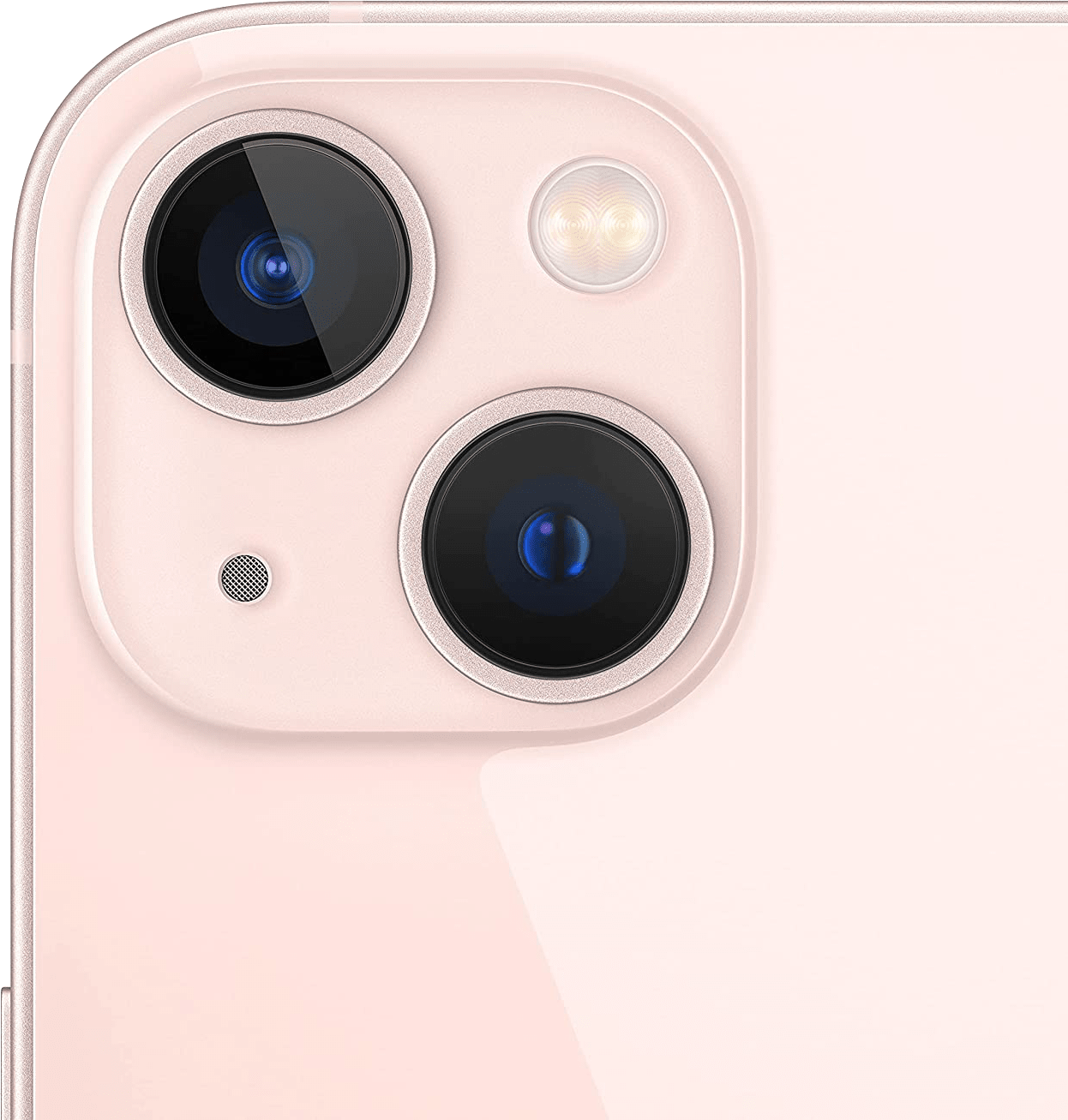
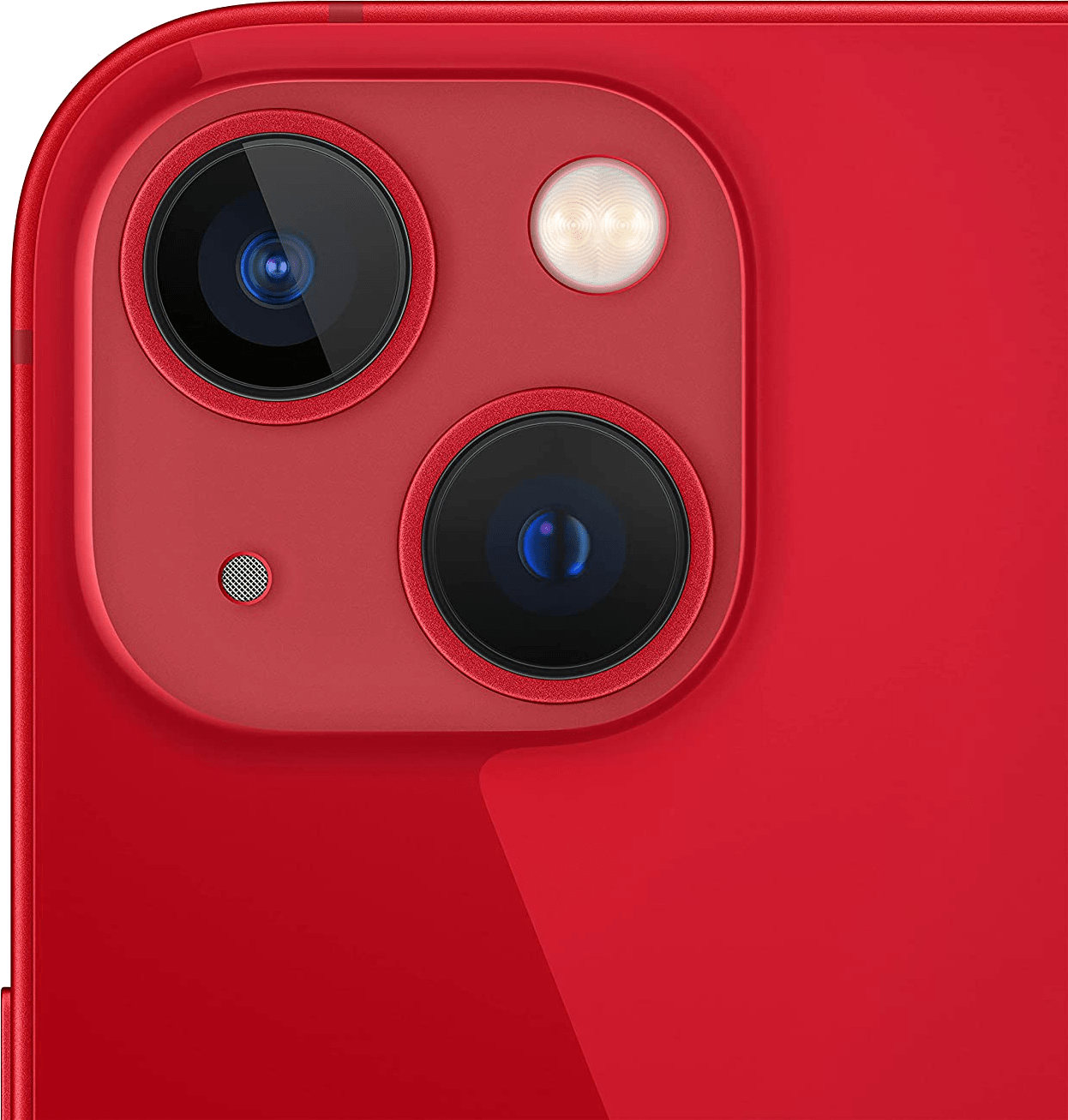
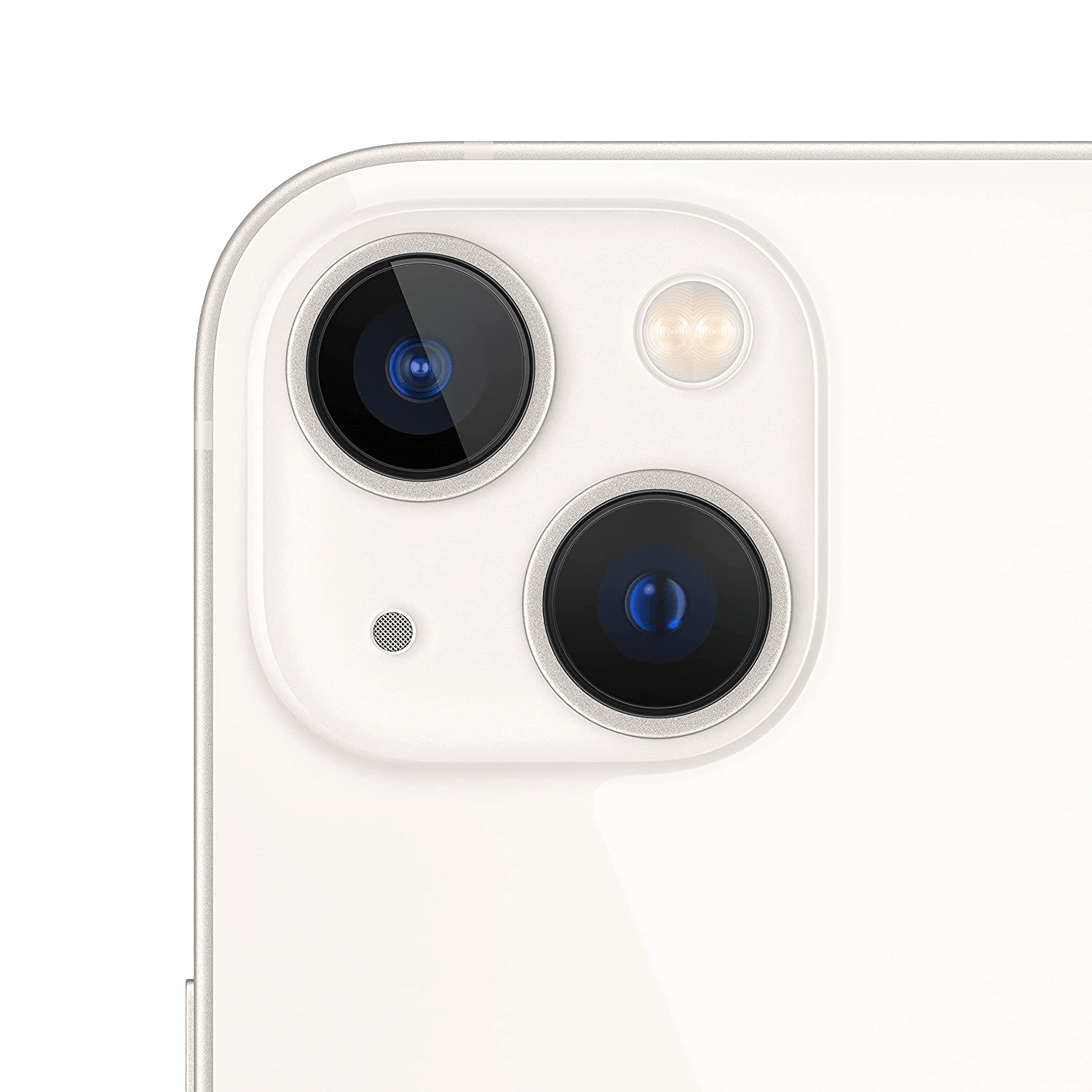
iPhone 13 mini – build quality and things to look out for
It’s too early to report on whether the iPhone 13 has any particular problems, but early user feedback seems good. The phone seems beautifully put together, and everything we tested worked perfectly.
This phone benefits from Apple’s super-strong Ceramic Shield front glass. It’s very resistant to drop damage, but it can be scratched by hard objects. It’s a good idea to protect your investment with a case and a screen protector.
iPhone 13 mini – verdict
There’s little doubt that this is the finest small phone you can buy. It’s beautiful, fast, supports 5G, and has a decent camera. Yes, the screen’s small, and yes its battery life isn’t the best, but if you want something discreet, portable and easy to use one-handed, this is it.
It’s also impressive value, by Apple’s standards. Despite the bump in storage space, the iPhone 13 mini starts £20 cheaper than the iPhone 12 mini did at launch. Apple has now dropped prices for the iPhone 12 mini, but when the 128GB and 256GB models are only £50 less than their iPhone 13 mini equivalent, it makes no sense to buy the iPhone 12 mini new.
If you can’t stretch your budget, buy a refurbished iPhone 12 mini. If you’re set on the best small phone you can get, it has to be the iPhone 13 mini.
